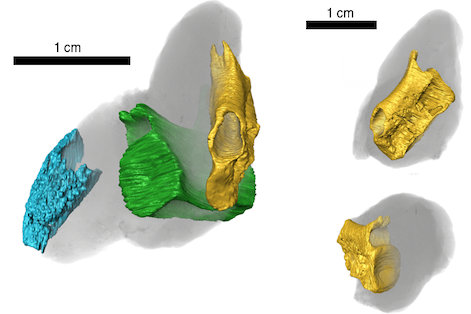Talks, field trips and events organised by west country geological organisations are publicised on this blog. Discussion about geological topics is encouraged. Anything of general geological interest is included.
Monday 30 November 2020
Footnotes November 2020
Monday 23 November 2020
DOWN TO EARTH EXTRA - December 2020
DOWN TO EARTH EXTRA - December 2020
Saturday 21 November 2020
Back Numbers of Magazines Available
Back Numbers of Magazines Available
Tuesday 17 November 2020
Urban Geology (mostly London, I'm afraid)
Urban Geology (mostly London, I'm afraid)
Two sections through once articulated valves of L. gibbosa, now
leached away. By chance, the mason has cut through along the long axes of the shells
giving the effect of ‘angel wings’. The ribs and costae can be seen on the upper
example of the two. Once again, this is from the Roach used on the new wing of BBC
Broadcasting House.
One photograph illustrates that this is indeed Urban Geology - the scale is indicated by a fag end!
I have just started reading this huge archive and it is a cornucopia of geological insights and delights! A pity it is mostly in London.
Saturday 7 November 2020
Food Webs - Back to Basics
Food Webs - Back to Basics
Friday 6 November 2020
The Longest Erupting Supervolcano ---?
The Longest Erupting Supervolcano ?
--- Kerguelen!
Wednesday 4 November 2020
Geological Ladies



